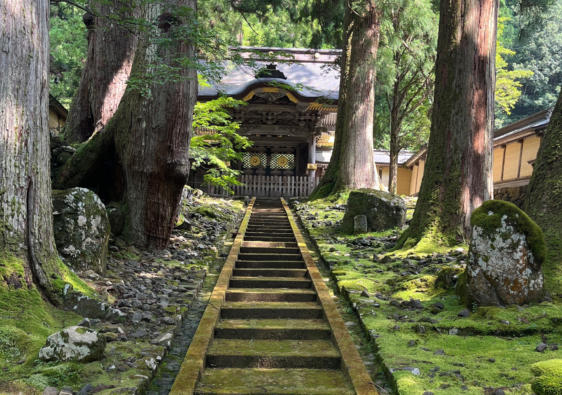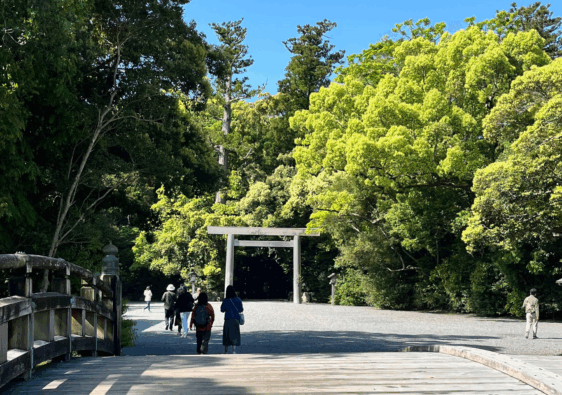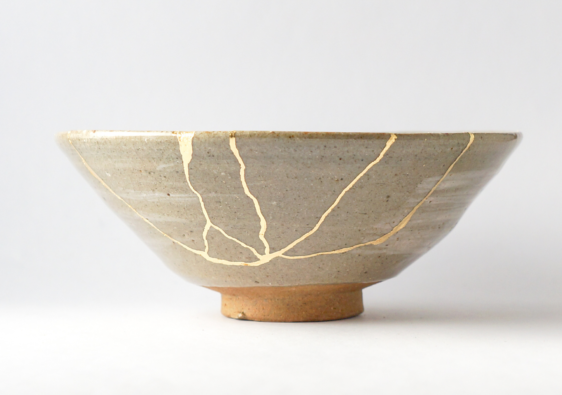When you think of Japan, images of samurai and Bushi warriors from ancient times may come to mind. Known as “Samurai Japan” in modern sports, and evoked in phrases like “Samurai Spirit” in business and athletics, the samurai’s legacy continues to influence. But have you ever wondered how samurai and Bushi warriors came to be, what sets them apart, and what the term “Samurai” truly represents?
Let’s dive into the fascinating history and philosophy of the samurai and the Bushi warrior.

How Samurai and Bushi warriors Came to Be
Japan’s history has been shaped by the Yamato Imperial Court’s aristocratic rule. The origins of Bushi warriors can be traced back to the descendants of local governors and powerful clans who armed themselves to protect their land. Therefore, Bushi warriors are defined as individuals who always carry weapons and make a profession out of combat.

Samurai, on the other hand, evolved differently. Originally, mid- and low-ranking nobles skilled in martial arts were dispatched to provinces to protect the land owned by nobles and temples from thieves and rebels. These armed groups formed Bushi warrior bands, and the nobles who employed them for protection highly valued their abilities. The term “Samurai” refers to those who learned martial arts and made military service their profession, though not all warriors were considered samurai unless they served a noble. Over time, the distinction between samurai and warriors blurred, but the definitions evolved with the era. Samurai/Bushi existed from around the 12th century until the Meiji period (1867).

The Life of a Samurai
Samurai resided in simple yet elegant structures known as “buke-yashiki” (samurai residences), often accompanied by writing rooms and gardens. Their meals were modest but nutritionally balanced, with strict adherence to dining etiquette.

Daily life involved rigorous training in martial arts, such as swordsmanship, to prepare for war or combat. Additionally, samurai engaged in cultural practices like tea ceremony, calligraphy and Zen, emphasizing mental and spiritual discipline. Governance and land management were also key responsibilities.

The Values and Land Dear to the Samurai
For samurai, land was of utmost importance, a prize worth risking their lives for. In times of frequent warfare, collective strategy and leadership were crucial. Leaders rewarded samurai with land for their loyalty and service.

Out of the samurai class emerged a unique set of ethics and philosophies known as “Bushido” (the Way of the Bushi Warrior). This code, highly revered among samurai, originated in the 17th century and evolved over time. Initially, Bushido emphasized honor in combat, sometimes resorting to cunning tactics to secure victory. By the 18th century, it had transformed to prioritize bravery, achievement, and loyalty, without resorting to underhanded tactics. In bureaucratic society, Bushido further evolved to emphasize strong principles, adherence to promises, and maintaining trust and honor.

Inazo Nitobe’s book “Bushido: The Soul of Japan” explains that Bushido is a moral system rooted in Buddhism, Shinto, and Confucianism, focusing on practical ethics such as justice, bravery, compassion, respect, honesty, honor, and loyalty.
Samurai served their lords and led lives that exemplified integrity and dedication. The term “Samurai” still conjures images of resolute individuals today, a testament to their enduring legacy.
Place of Samurai culture
Explore the grandeur of castles, the charm of samurai residences, and the depth of museums to fully immerse yourself in the rich history, lifestyle, and values of the samurai. Embark on this journey and uncover the timeless philosophy of the ancient samurai—it’s an adventure you won’t forget!

If you interested in the Samurai world, Hokuriku is meet your expectation to see the house. please check the tour image of Hokuriku.




